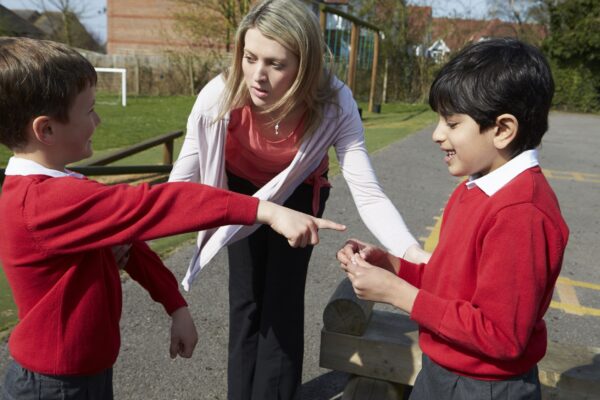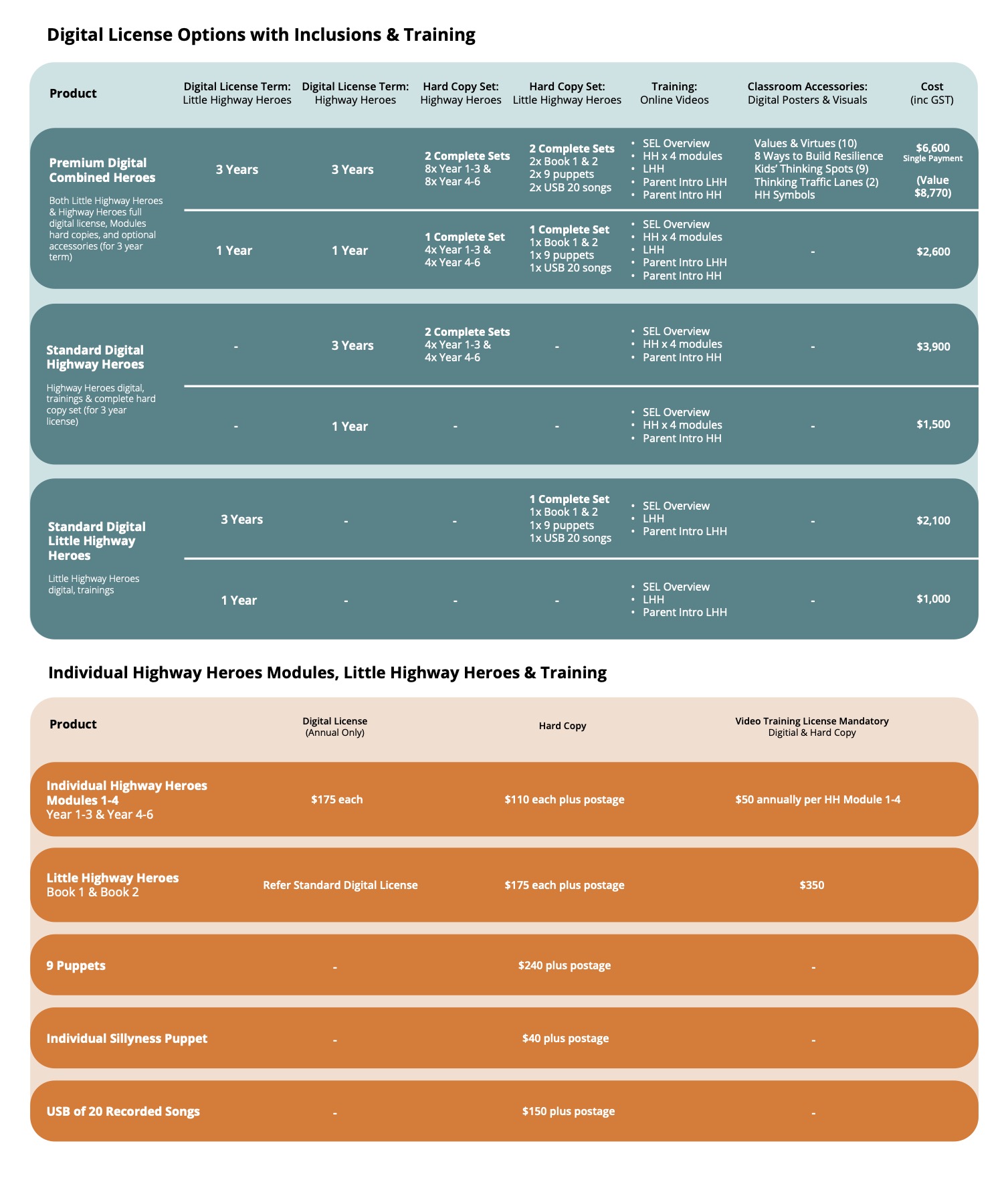Surely, this is one of the most difficult things for a parent to accept and admit – the fact that their child engages repeatedly in socially difficult behaviours that cause hurt to their peers.
What are the common misunderstandings and misperceptions of bullies?
Generally, these children are portrayed as:
- Physically bigger and more dominant that their peers
- Average or below average intelligence
- Emotional self-regulation issues resulting in impulsive behaviours
- Low remorse for causing hurt
What do we actually know about children who engage in bullying behaviours?
Whilst some of these factors are true, they certainly don’t describe every child who engages in bullying behaviours. Descriptively, children who bully others usually tick at least three of these characteristics:
- Have been bullied themselves
- Are easily emotionally aroused and reactive
- Seek attention – any attention and often find it difficult to achieve this in socially acceptable ways
- Seek power and control
- Believe that it gains social ascendancy
- Have witnessed dominant interactions and are replicating these in their social circles
- Believe that using force is the way to achieve an outcome
- Have difficult with impulse control and react immediately to real or perceived threat
What we do know is that children aren’t born bullies – it’s behaviour that is learnt along the way. Yes, by genetics or diagnosis, some children are more prone to bullying behaviours than others, however, with the right intervention at the right time, these behaviours can be changed and modified.
Let’s also remember that most children are exposed to violence and patterns of dominant behaviour through the media from a very early age. Even children’s cartoons gleefully depict characters using violence to achieve their goals – this without consequence. It’s part of most children’s conditioning and is does impact the way in which their build relationships and interact with their peers.
What happens if the behaviour is left unchecked?
Left unchecked, the child who bullies routinely during the primary school years is at greater risk during the teen years. Engagement in increasing violence and forceful acts can follow, lower tolerance and acceptance of the differences and difficulties of others and generally more sophisticated ways of causing harm to others. Keep following the cycle along – bullying behaviours can follow children into their adult years and into their relationships – with partners, children and co-workers. So, early, specific prevention is the key.
What can you do?
- Teach empathy – yes, this is something that can be taught and learned. How – catch empathy in the moment it happens and notice it out loud with praise. Focus on it when it’s shown by others – you’ll be surprised how often you can catch acts of high or low empathy during sporting matches, driving to school and around your home. And it’s also good to cultivate moments of empathy. Ask your child (if they’re old enough) to return someone’s shopping trolley to the rack for them, ask your older child to tie their younger sibling’s laces – or the laces of a younger child they might pass in the playground. You can celebrate acts of empathy and caring for others by making a marble collection in a jar and celebrating when certain numbers are reached. When you draw a child’s attention to empathy – their own and others, they tend to increase their awareness of the power of empathy – which changes their behaviour.
- If your child does engage in frequent bullying behaviours, acknowledging and not accepting those behaviours is paramount. Absolutely no parent ever wants to admit or acknowledge that their child is the perpetrator of bullying behaviours – but it is the only way to start changing and challenging those behaviours. The way to help a child into a new pattern of behaviour is not to make excuses for and defend their actions.
- Get a second opinion – there is no shame in getting a second opinion so take your child along to see a Paediatrician or Child Psychologist. Sometimes, little brains are just not getting the right balance of chemicals which radically alters behaviour. You’re doing yourself and your child a lifelong favour by finding answers. Once children are labelled in the school system, it is often difficult for that child to be seen as anything other than ‘the bully.’ Often, children who have engaged in patterns of bullying behaviour are blamed for events that they did not take part in – simply because that’s what they would usually do. And the louder they protest their innocence, the more disbelieving the adults looking in. For long standing issues, it is always best to seek an opinion outside your school system so someone can approach the situation with fresh eyes and no historical bias.
- Take a strengths based approach and focus attention of what your child is good at – and encourage them to do more of that. Punitive approaches to managing a child who exhibit bullying behaviours are often detrimental – to the child, the child’s reputation and have little impact on their future behaviours. So, not rewarding the child that bullies, but diverting and increasing their skill sets in other areas makes sense.
- Disrupt patterns – children who bully often repeat behaviours at predictable times so ensuring that child’s pattern is disrupted during that time is important. For example, the child who becomes emotionally aroused during lining up outside class and steps on other children’s feet, pushes children out the line, demands to be at the front or stand with a particular child would be far better diverted to complete a task whilst the other children are lining up. Running a note to the office, wiping down the whiteboard…
- Teach the essential skill of calming down. Use a particular breathing technique (this is covered in the Parent Mini-Guide 4 Working with Bullying Behaviours) to teach your child to manage themselves first. Building the ability to self-monitor and self-regulate helps your child to ride out the internal emotional storm when they become emotionally aroused. The child who is able to self-soothe, calm down and make better choices is far less likely to impulsively engage in bullying behaviours. Self-soothing techniques need to be specific, explicit and taught over and over – and most importantly NOT when the child is in huge emotional arousal.
Knowing that your child is engaging in behaviours that are causing emotional or physical distress to others is difficult for any parent. Being courageous enough to acknowledge that behaviour and then find positive methods of managing it – with your child and for your child is the first step towards helping your child past those behaviours and into healthier ones – that are sure to have them happily included in a friendship group before long.


